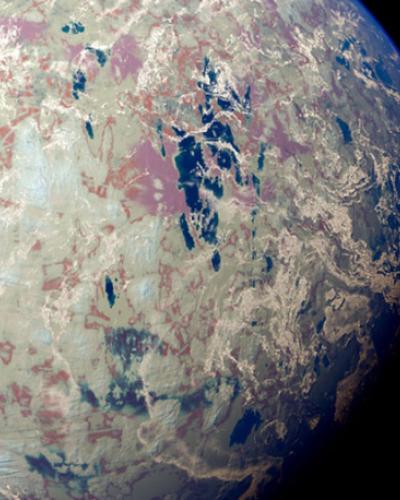Aided by microbes found in the subarctic conditions of Canada’s Hudson Bay, an international team – including researchers from Portugal’s Instituto Superior de Agronomia and Técnico, Canada’s Université Laval in Quebec, and Cornell – has created the first color catalog of icy planet surface signatures to uncover the existence of life in the cosmos.
As ground-based and space telescopes get larger and can probe the atmosphere of rocky exoplanets, astronomers need a color-coded guide to compare them and their moons to vibrant, tinted biological microbes on Earth, which may dominate frozen worlds that circle different stars.
But researchers need to know what microbes that live in frigid places on Earth look like before they can spot them elsewhere.
The study, “Color Catalogue of Life in Ice: Surface Biosignatures on Icy Worlds,” published March 15 in the journal Astrobiology, provides this toolkit.
Read the full Cornell Chronicle story.





